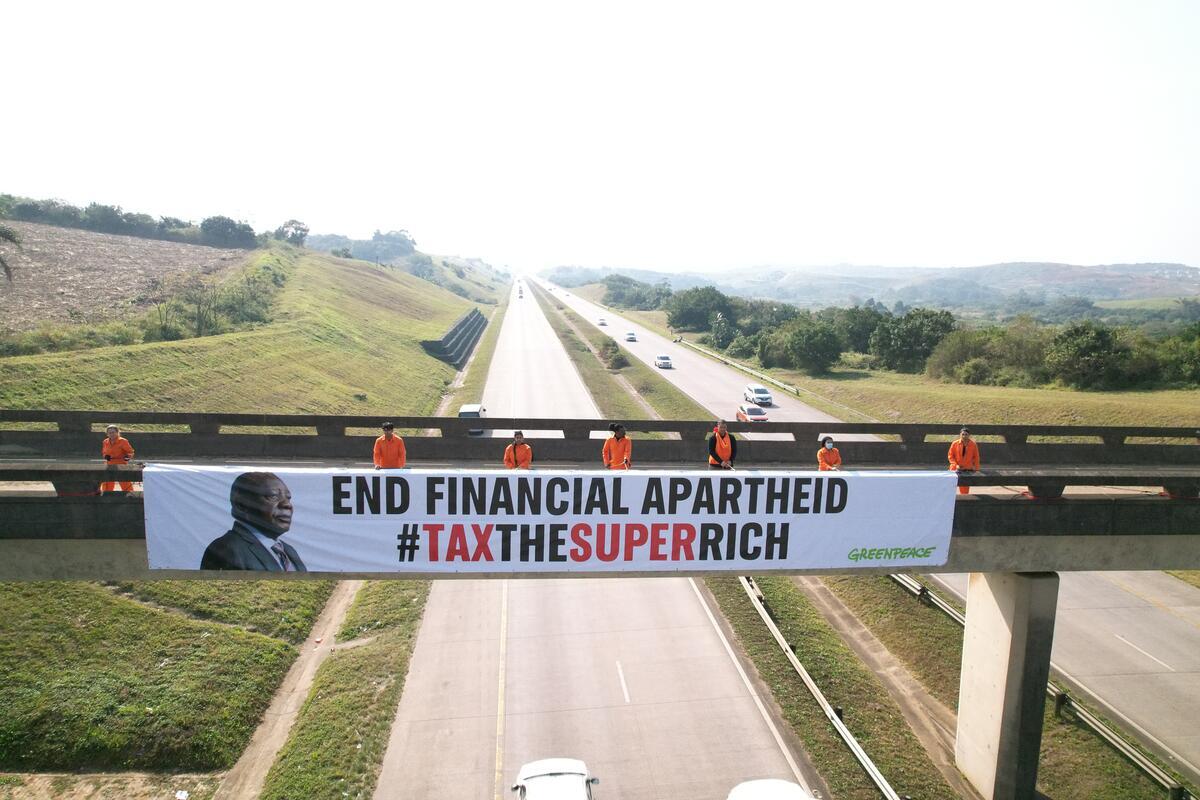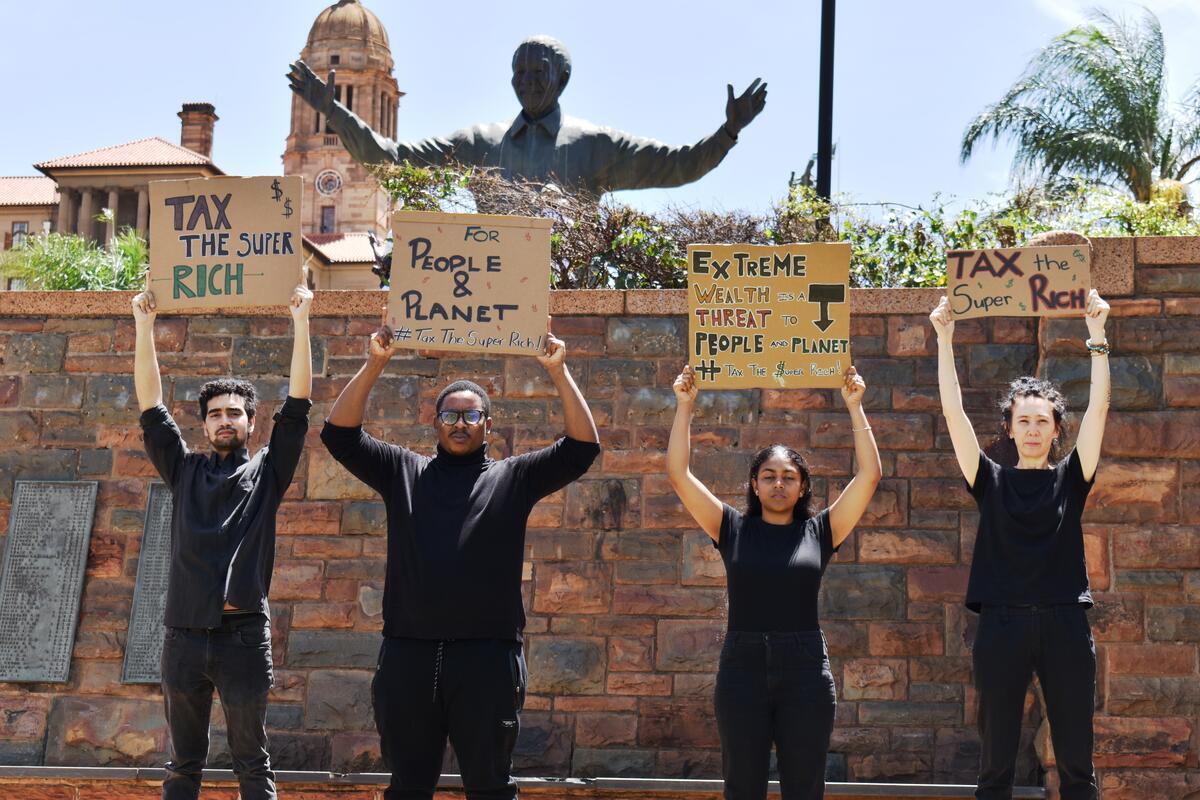As the country strives to meet the goal of universal access to electricity, huge development needs to take place in Kenya’s energy sector. In a recently planned tariff review, the energy and petroleum regulatory authority announced a hike in energy costs. Increases in energy costs affects efforts aimed at ensuring universal access to electricity. But such increases also make it costly for low income households and consumers to access and meet their energy demands that are necessary for their livelihood activities, cost of living and wellbeing.
Overtime, the Kenyan government has been conducting studies with an aim of finding a low cost energy supply model to meet its national energy demands and increase accessibility. The purpose of these studies are to inform the country’s energy investment plans. The latest report released in 2018 covered scenarios for achieving low cost energy supply for Kenyans from 2017 to 2037. In the report, it was found that the government through the Ministry of Energy & Petroleum had overestimated the per annum rate of growth in energy demand. Many other independent studies have established that per annum rate of growth in energy demand in Kenya is between 6-8%. These findings contradict the government’s estimation of 15%.
Over estimation of energy demand leads to investment in energy generation that is underutilised and costly for consumers. The excess energy generated would require Kenya Power to bring the system into balance by spilling or wasting the energy at the taxpayers cost. The findings in the Least Cost Power Development Plan (LCPDP) indicate that potentially much of the wasted energy would include power from geothermal, wind and solar. However, despite these findings indicating that an additional 1050 megawatts Lamu coal plant will aggravate the projected supply-demand imbalance and lead to increases in energy costs and the government is still pushing ahead with plans to pursue a coal-fired power plant in Lamu.
Considering the findings in the LCPDP and other studies by independent researchers, in an effort to establish a model that will enable Kenya to become energy secure and achieve universal access to electricity, the planned Lamu coal-fired power plant would therefore be a costly investment for all Kenyans.
A key step in achieving low cost energy development and ensuring universal access to energy in Kenya is by increasing community participation in decision making and creating a culture of openness and transparency and exposing the power of vested interests. This can be achieved by fostering open debate about key development issues such as investments in the energy sector. A strong and genuine programme of community participation will increase public understanding of decisions and involve the public that form the end users in shaping decisions and processes.
Consumers especially in the rural areas of Kenya and lower income households still face barriers to affordable energy access. Research shows that renewable electricity is abundant in Kenya, increasingly reliable and now more cost-competitive and can also be more flexibly deployed to increase energy accessibility especially in rural areas. Renewable energy also improves energy security and can deliver energy services to communities in rural set ups and low income households. So far, the current renewable energy scenarios have projected more energy-sector opportunities for local communities and consumers compared to an energy system that is based on fossil fuels.
There is a need for energy development plans that consider improving electricity options, reaching more consumers, increasing the number of households using electricity and supporting local community development and engagement through participatory renewable energy initiatives. For example, decentralised energy plans that focus on investing in village grids and community owned energy projects for rural electrification will help increase energy access and contribute to the goal of universal access to electricity in Kenya.
Professional groups such as scientists, lawyers and journalists have a responsibility of openly discussing these issues to inform policy priorities. It is imperative to create a citizens movement that puts to question decisions that affect the lives and livelihoods of many Kenyans such as those involving energy investments. There is a need for collective actions asking the government to refine policies towards distributed generation that tap on the existing renewable energy potential in geothermal, solar and wind energy sources. This will help ensure universal access to clean energy at affordable cost for all Kenyans.
Amos Wemanya,
Greenpeace Africa Campaigner




Discussion
The demand for energy has increased considerably in recent years, although there are many reports circulating around the world today which indicate that a significant proportion of the world's population lacks access to energy. The key to a more sustainable world and to ensuring that more and more people have access to energy is through the use of renewable energy. Renewable energy is a source of energy that comes from natural sources such as sunlight and wind. It is the cheapest, safest, and cleanest source of energy and can even be used as a supplement to non-renewable sources of energy. The reason why it has widely been reputed to be the safest and cleanest form of energy is because it helps to reduce a society's carbon footprint: it generates far less amounts of pollutants into the atmosphere, unlike non-renewable energy sources such as coal, oil and gas. Non-renewable energy sources contribute to poor public health, because they emit greenhouses gases such as carbon dioxide and other harmful pollutants into the atmosphere. Today, an increasingly popular way to transit to renewable energy is through the use of solar energy, wind energy, and hydropower.
Lucky The demand for energy has increased considerably in recent years, although there are many reports circulating around the world today which indicate that a significant proportion of the world's population lacks access to energy. The key to a more sustainable world and to ensuring that more and more people have access to energy is through the use of renewable energy. Renewable energy is a source of energy that comes from natural sources such as sunlight and wind. It is the cheapest, safest, and cleanest source of energy and can even be used as a supplement to non-renewable sources of energy. The reason why it has widely been reputed to be the safest and cleanest form of energy is because it helps to reduce a society's carbon footprint: it generates far less amounts of pollutants into the atmosphere, unlike non-renewable energy sources such as coal, oil and gas. Non-renewable energy sources contribute to poor public health, because they emit greenhouses gases such as carbon dioxide and other harmful pollutants into the atmosphere. Today, an increasingly popular way to transit to renewable energy is through the use of solar energy, wind energy, and hydropower.